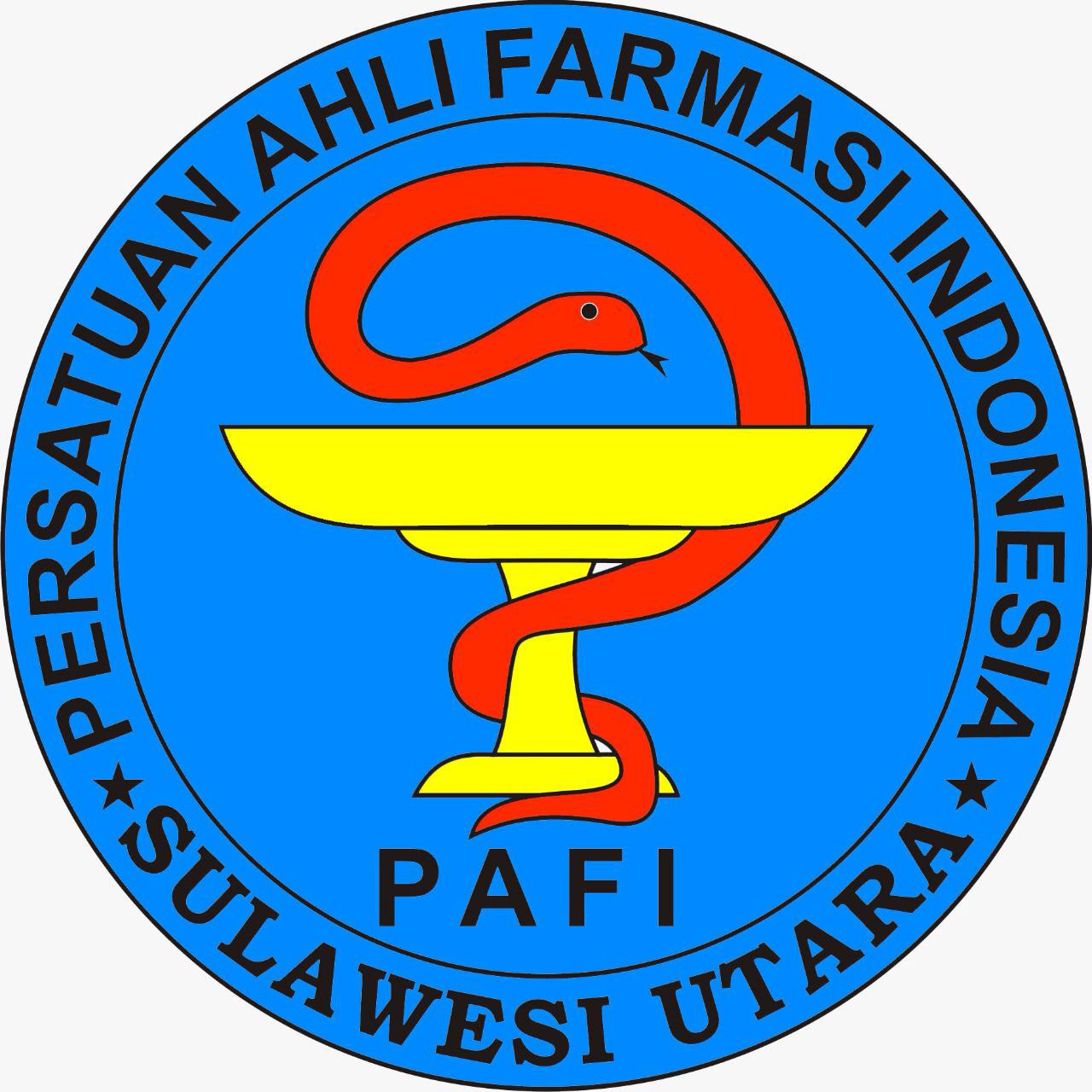IDENTIFIKASI SECARA BIOMOLEKULER DAN UJI DAYA REDUKSI BAKTERI RESISTEN MERKURI YANG DIISOLASI DARI AIR DI WILAYAH BEKAS TAMBANG EMAS RAKYAT DESA TANOYAN UTARA
Abstract
IDENTIFIKASI SECARA BIOMOLEKULER DAN UJI DAYA REDUKSI BAKTERI RESISTEN MERKURI YANG DIISOLASI DARI AIR DI WILAYAH BEKAS TAMBANG EMAS RAKYAT DESA TANOYAN UTARA
Wanti Tandi Payung1), Fatimawali1), Novel S. Kojong2)
1)Program Studi Farmasi FMIPA UNSRAT Manado, 95115
2)Program Studi Farmasi FMIPA UKI Tomohon
ABSTRACT
Contamination of heavy metal such as mercury (Hg) in the water is very harmful to the environment and human health. Many gold miners used mercury to extracting gold and dispose the mercury waste freely into the environment causing contamination to the water. Mercury-resistant bacteria can reduce inorganic mercury and organic mercury into volatile and less toxic form of mercury. This study aims to isolate, and to identify microbiologically also to carry out biomolecular identification using the 16S rRNA gene of the mercury resistant bacteria, and analyze its ability to reduce mercury. The sample was isolated from the river water in the villagers’ gold mine area in North Tanoyan which were then be tested the bacteria reducing power to HgCl2 and phenyl mercury, microbiology identification including Gram staining, motility test, H2S test, carbohydrate fermentation test, citrate test, lysine test, indole test and catalase test, biomolecular identification using 16S rRNA gene as well as mercury reduction test of mercury resistant bacteria using CV-AAS method. The result of this study shows that there are 2 isolates of mercury resistant bacteria that could live on medium containing HgCl2 and phenyl mercury with concentration of 40 mg/L, Gram negative bacteria with bacil form based on microbiology identification is a member of Enterobacteriaceae family, and based on biomolecular identification using 16S rRNA gene isolate 1.A is Proteus mirabilis bacteria, that capable of reducing HgCl2 and phenyl mercury by 22.7% and 0.2% within 12 hours, 52.2% and 52.7% within 24 hours, respectively.
Keywords: Mercury-Resistant Bacteria, Gen 16S rRNA, HgCl2, Phenyl Mercury, Mercury-Reduction Test.
ABSTRAK
Pencemaran logam berat merkuri (Hg) pada air sangat membahayakan lingkungan dan kesehatan manusia. Banyak penambang emas yang menggunakan merkuri untuk mengekstrak emas dan membuang limbah merkuri secara bebas ke lingkungan sehingga air dapat terkontaminasi. Bakteri resisten merkuri dapat mereduksi merkuri anorganik maupun merkuri organik menjadi logam merkuri yang mudah menguap dan kurang toksik. Penelitian ini bertujuan untuk mengisolasi, mengidentifikasi bakteri resisten merkuri secara mikrobiologi dan biomolekuler menggunakan gen 16S rRNA serta menganalisis kemampuannya dalam mereduksi merkuri. Sampel diisolasi dari air sungai di wilayah tambang emas rakyat desa Tanoyan Utara yang selanjutnya dilakukan uji resistensi bakteri terhadap HgCl2 dan fenil merkuri, identifikasi secara mikrobiologi meliputi pewarnaan gram, uji motilitas, uji H2S, uji fermentasi karbohidrat, uji sitrat, uji lisin, uji indol dan uji katalase, identifikasi secara biomolekuler menggunakan gen 16S rRNA serta uji daya reduksi bakteri resisten merkuri dengan metode CV-AAS. Hasil penelitian ini menunjukkan bahwa terdapat 2 isolat bakteri resisten merkuri tinggi yang dapat hidup pada media yang mengandung HgCl2 dan fenil merkuri dengan konsentrasi 40 mg/L, bakteri Gram negatif dengan bentuk basil, berdasarkan identifikasi secara mikrobiologi termasuk famili Enterobacteriaceae dan berdasarkan identifikasi secara biomolekuler menggunakan gen 16S rRNA isolat 1.A merupakan bakteri spesies Proteus mirabilis, yang mampu mereduksi HgCl2 dan fenil merkuri berturut-turut 22,7% dan 0,2% dalam waktu 12 jam, 52,2% dan 52,7% dalam waktu 24 jam.
Kata kunci: Bakteri Resisten Merkuri, Gen 16S rRNA, HgCl2, Fenil Merkuri, Daya Reduksi Mekuri
Full Text:
PDFDOI: https://doi.org/10.35799/pha.7.2018.19506
Refbacks
- There are currently no refbacks.
Copyright (c) 2018 PHARMACON
 | Publisher : |  | Cooperation With : |

This work is licensed under a Creative Commons Attribution-NonCommercial 4.0 International License.








